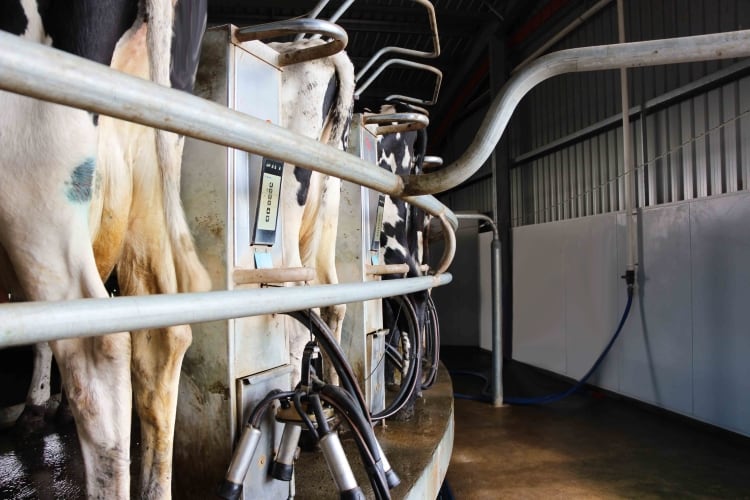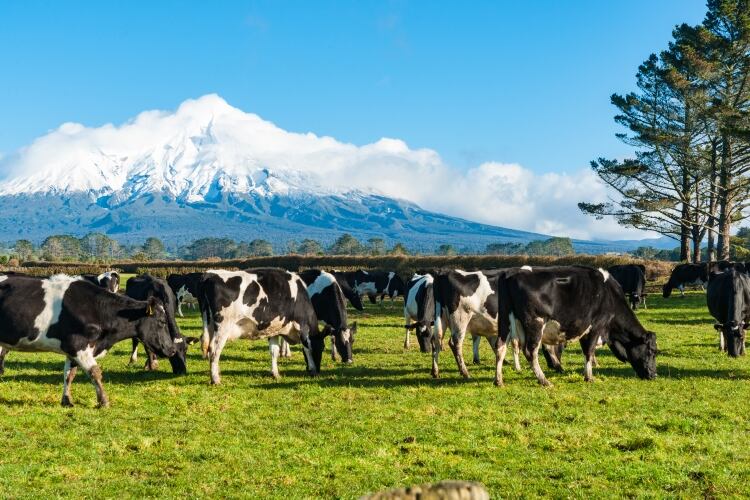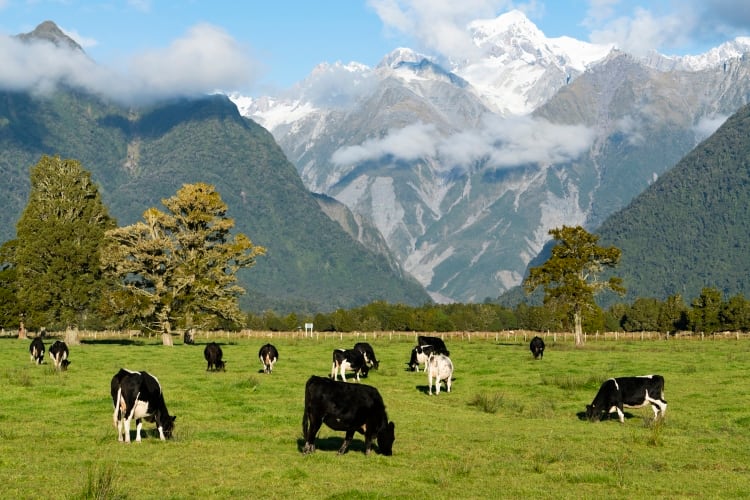The EU’s contribution to any milk growth is under a cloud, with high input costs and limited fertilizer supplies, Lloyd said.
Commodity prices pushed higher in January 2022, with a weaker outlook for milk supplies in coming months due to the lack of NZ rainfall, he added.
“Fast-rising milk prices may restore margins for some producers, but cost pressures won’t ease quickly. Cow numbers in the US won’t steady and start to rise again until the second half of the year, but herd reductions in the EU will likely persist in all cases other than Ireland,” Lloyd said.
“Demand of dairy products has been supported by resilient domestic retail markets, while export activity, although disrupted due to logistical issues, has been close to pre-Covid levels.
“Demand will be rationed at these high prices. Short-term trends may weaken with a likely pushback against strong prices where buyers have some coverage, but this is offset by a tightening supply base. China’s demand through the peak shipping period through Q1-2022 remains a critical feature of the outlook.”
According to Lloyd, the spread of Covid infections remains a major challenge for the entire supply chain – reducing farm labor access, disruptions to factory operations and supply chains and limiting the ability to keep food service venues staffed. Consumers will continue to shun dining out in many regions, prolonging the uncertainty for the food service trade.
Finally, Lloyd said weather will continue to play an important role as La Niña slowly recedes, leaving lingering dry conditions in NZ and South America.



